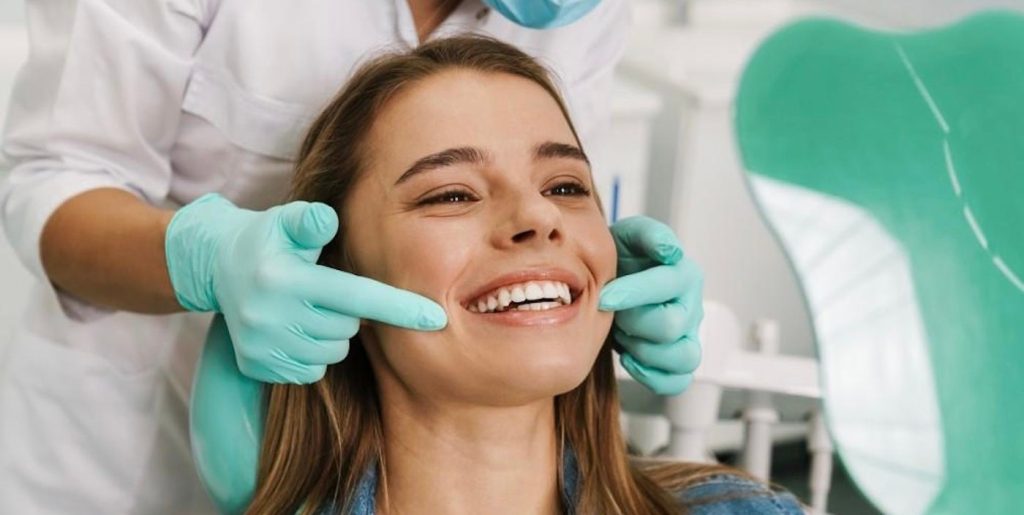Australians are spending big on their smiles. With cosmetic dental treatments growing in popularity, more people are turning to dental loans to cover the cost. Veneers, whitening, Invisalign and implants have moved from luxury to mainstream. But they don’t come cheap.
With public funding limited and most cosmetic procedures falling outside insurance coverage, many Australians are left footing the bill. As demand rises, financing options like dental loans, BNPL services and superannuation withdrawals are seeing a sharp uptick.
The Rise of Cosmetic Dentistry in Australia
In 2022 alone, Australians spent over $1 billion on cosmetic dental work. Treatments like veneers and whitening are becoming increasingly common, especially in major cities like Sydney, Melbourne and Brisbane.
- Social media culture and online dating apps have made aesthetics more important
- Dental technology has improved, making procedures more effective and less invasive
- Interest-free financing options have made procedures more accessible
Patients aren’t just looking for a cleaner smile. They want straighter, whiter, camera-ready teeth. Dentists say the most popular demographic for these treatments are people aged 25 to 45 who view a healthy, bright smile as part of their personal and professional image.
This trend is expected to continue, driven by both technological advancements and the growing normalisation of cosmetic enhancements.
Financial Implications of Cosmetic Dental Treatments
Cosmetic dental procedures are not covered by Medicare. And private health insurance rarely covers more than a small portion. That leaves patients paying out-of-pocket or looking for alternative funding. Here’s a look at average cosmetic dental costs in Australia:
Procedure
Average Cost (AUD)
Porcelain Veneers
$1,500–$2,500 per tooth
Teeth Whitening
$600–$1,000
Invisalign Braces
$6,000–$9,000
Dental Implants
$3,000–$6,500 per implant
These high upfront costs are a major barrier for many Australians. As a result, demand for financial solutions such as a dental loan has significantly increased.
Emergence of Dental Loans and Financing Options
- Dental Loans
- Offered by banks, credit unions and private lenders
- Fixed interest rates and structured repayments
- Typically range between $2,000 and $10,000
Services like CashLend are seeing more enquiries for dental loan options, particularly for high-cost cosmetic procedures.
BNPL Dental Services
- Providers like Afterpay and Zip offer interest-free instalments
- Mostly available for lower-cost procedures
- Risk of late fees if repayments are missed
In-House Payment Plans
- Some clinics offer their own payment plans
- Generally interest-free but with shorter repayment periods
Credit Cards
- Fast access to funds but often comes with higher interest rates
- Not suitable for ongoing or expensive treatments
Option
Suitable For
Interest
Repayment Term
Dental Loan
$3,000+ procedures
Yes
1–5 years
BNPL Services
Under $2,000 treatments
No
4–6 fortnightly payments
Clinic Payment Plans
Moderate costs
No
3–12 months
Credit Card
Emergency treatment
Yes
Varies
Superannuation Withdrawals for Dental Expenses
An increasing number of Australians are accessing their super early to pay for major dental work. In 2022–23, over $313 million was withdrawn under the early access hardship provisions. That’s up from just over $108 million in 2020–21.
To be eligible, the procedure must be medically necessary. Cosmetic-only treatments don’t qualify. Applications must be approved by the ATO and supported by a specialist dental report.
While this option can help those without credit access, it has long-term financial consequences. Financial advisers and organisations such as the ADA have warned against using superannuation for short-term cosmetic goals.
Regulatory Responses and Ethical Considerations
The ADA has taken a strong stance against aggressive marketing by cosmetic dentists. It has criticised clinics that downplay the risks or promote unrealistic outcomes, especially on social media.
As per Dr Gavin Quek from the ADA’s Oral Health Committee, “The surge in cosmetic dental procedures reflects a growing societal emphasis on aesthetics, but it’s crucial for patients to understand the financial commitments involved.”
Regulatory bodies are also reviewing how BNPL services are being marketed. There is concern around younger consumers taking on obligations they don’t fully understand, particularly for elective treatments.
Expert Insights and Patient Experiences
Dental professionals say they’re seeing more patients ask about financing options during consultations. Some clinics now include payment advice as part of the treatment discussion.
Sarah, 31, from Melbourne, recently used a $6,000 dental loan to cover the cost of veneers and whitening: “I wouldn’t have been able to afford it upfront. The repayments are manageable and it’s given me a confidence boost I really needed.”
Dr. Alisha Ramanathan, a Sydney-based cosmetic dentist, said: “Our patients are well-informed and often research financing before even booking. But we always recommend they look at the long-term costs, not just the upfront convenience.”
Anecdotally, demand is especially strong in metro areas and among professionals looking to invest in their appearance. Dentists also report increased interest from younger adults who view cosmetic dental care as a confidence investment.
Long-Term Trends and the Role of Dental Loans
As demand grows, more financial providers are tailoring their products. Lenders likeCashLend now offer flexible dental loan packages with features such as online applications, fixed interest rates and fast approvals.
The average loan amount for dental work in Australia sits around $9,500. With rising costs, that figure is likely to increase. For many, a dental loan is no longer just an option – it’s a necessary step.
Conclusion: Navigating the Path to a Confident Smile
Cosmetic dentistry is booming in Australia, with the industry seeing sustained year-on-year growth. As procedures like veneers, whitening and aligners become more accessible, the need for dental financing options has intensified.
A key factor in this shift is the changing perception of cosmetic dental care, not just as an aesthetic upgrade, but as a personal investment in confidence and self-presentation.
Flexible financing has become an essential part of this evolution. Whether individuals choose a dental loan, a BNPL service, or an in-house clinic plan, there is now a broader ecosystem of options to support patients. Yet, access to funding should come with responsibility. Patients must fully understand the cost structures, interest rates, eligibility terms, and long-term obligations.
Before committing to any form of financing, it is advisable to obtain a comprehensive treatment plan and cost estimate. Prospective borrowers should compare interest rates, repayment terms, and hidden fees, ensuring they read the fine print and are aware of any credit or income criteria. Special caution is also required when considering superannuation withdrawals, which can impact retirement savings.

